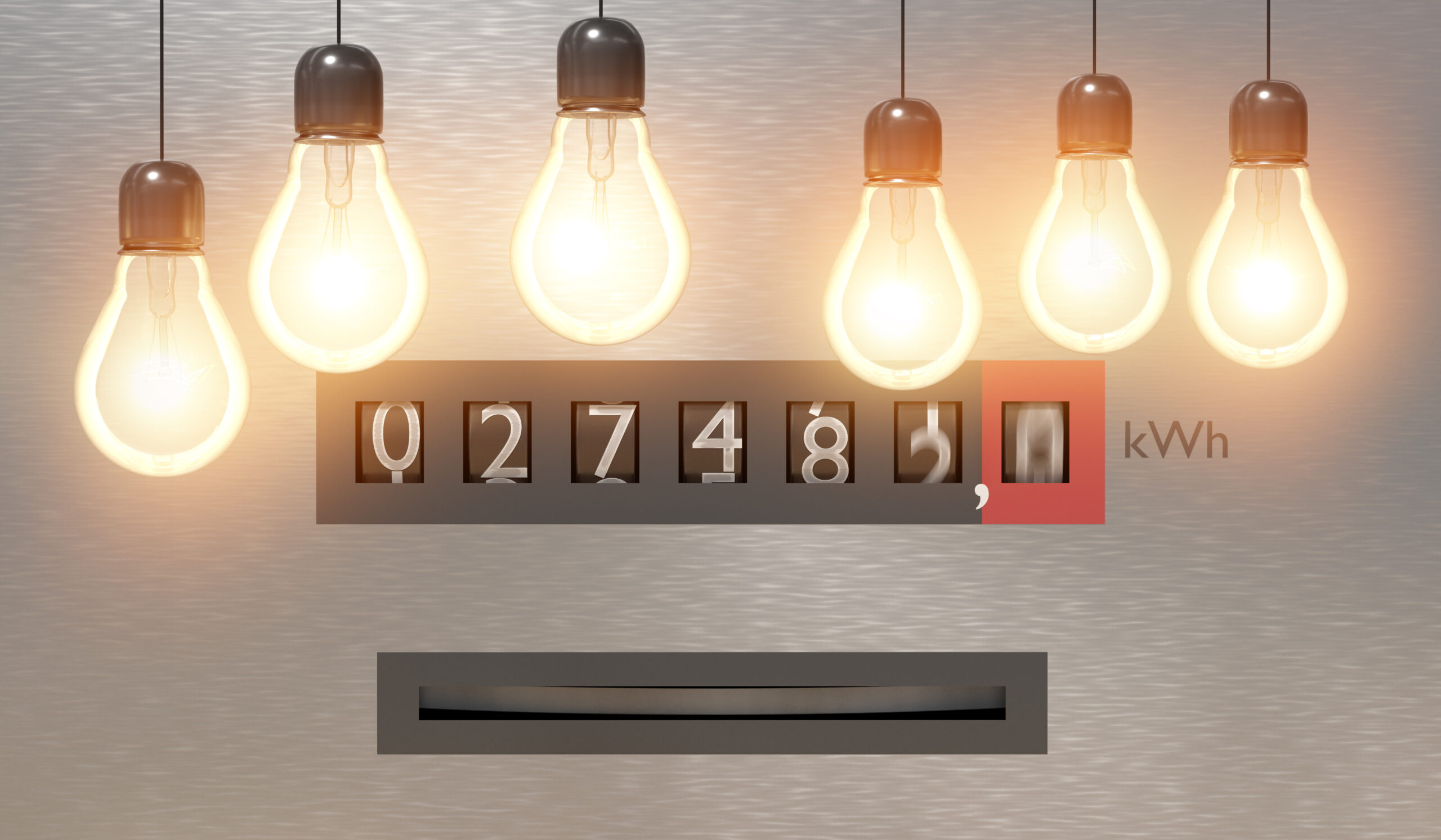When you think of your carbon footprint, you probably think about how much you drive vs take public transport and the energy efficiency of your home. But there’s so much more to it than that. Almost everything we do or buy involves some level of carbon emissions, and even some small changes to our habits can make a big difference.
Read this guide to learn more about the size of your carbon footprint.
What is a carbon footprint?
A carbon footprint refers to the volume of CO2 emissions you create in your day-to-day life. This includes your direct emissions, such as when you drive a car, as well as all the carbon you use indirectly.
These indirect emissions can come from surprising places because your footprint takes into account the entire supply chain of everything you use. This includes the carbon emissions created by the transport of your food to the supermarket, the factory that your shoes were made in and even the paper you wrote your party invitations on.
How do I know how big my carbon footprint is?
With infinite sources of carbon emissions creeping into our daily lives, it can be almost impossible to know the true size of your personal carbon footprint. There are some carbon calculators available that make use of averages and Australian conditions to help you estimate the size of your footprint. We like this one from CarbonNeutral.
Some of the things they will consider are your 12-month averages for:
- Driving
- Short haul flights
- Long haul flights
- Size of house
- Heating and cooling
- Furniture and furnishing
- Cooking appliances
- Home entertainment systems
- Home office equipment
- Clothing
- Meat and fish
Are there ways I can reduce my footprint?
To reduce your carbon footprint, you need to find ways to live more sustainably, using greener sources of energy. Some ideas are below.
- Choose the right temperature
On a hot day, most of us are tempted to set the air conditioner to an arctic 18oC, but the optimal temperature is actually 25 to 27oC for cooling and 18 to 20oC for heating. Your energy usage increases significantly for each degree you stray outside of these ranges.
- Turn off your appliances
Leaving appliances in standby or sleep mode can suck more energy than you think. When you are not using something, make the extra effort to turn it off at the plug to reduce your carbon footprint. You can buy a master powerboard to enable you to power down all nearby appliances from the same outlet.
- Use LED lights
They are a bit more of an upfront cost than old-fashioned light bulbs, but they use 75% less energy and will last up to 10 times longer, so it’s worth making the switch.
- Make ‘power off’ entertainment choices
Build some ‘power off’ time into your weekly routine. This could be a time to read, play board games, get outside or get crafty – anything that doesn’t involve using the power in your home.
- Car pool
For school drop-offs or the daily commute, sharing a ride will halve the carbon emission you are putting out into the air each day.
- Walk or ride
Great for your health and the environment, consider walking or riding a bike for shorter distances whenever possible.
- Invest in electric
For drives that can’t be avoided, investing in an electric vehicle is the best way to cut down your emissions. As technology advances, electric cars are becoming more affordable and reliable.
- Grow your own
Food transportation, packing and waste are all contributors to your carbon footprint. Consider planting a veggie garden and using a composting bin to reduce the impact of your eating habits.
- Meat-free Mondays
The fishing and meat industries are carbon heavy. Try having a meat-free day each week in your household to do your part in cutting down emissions.
- Shop second-hand
Making the choice to repair your current clothes and shop second-hand helps to make the clothing industry a more sustainable place.
For more great tips on saving energy and reducing your carbon footprint, read our guides:
What is carbon offsetting?

It is, unfortunately, impossible to reduce your carbon emissions to zero. So once you have followed all our tips, if you want to further improve your footprint, you can offset the remaining carbon.
Carbon offsetting involves buying “carbon credits” to support projects that prevent, reduce or remove greenhouse gases, to cancel out the emissions you create.
Carbon offsetting projects include things like forest restoration, upgrading power plants using more efficient, cleaner technologies, and increasing the efficiency of buildings and transport.
If you are considering carbon offsetting, make sure the projects you support are an accredited source of carbon credits. There are three main types of carbon credits in Australia:
- ACCUs – Australian Carbon Credit Units
The Clean Energy Regulator issues ACCUs for projects including forestry, vegetation, savanna burning and landfill gas. ACCUs are part of the government’s Climate Active scheme.
- CERs – Certified Emission Reductions
CERs are created from global projects and issued by the UN’s Clean Development Mechanism. There are some restrictions on CERs in Australia, including the prevention of buying CERs from before 2012 or CERs involving the destruction of certain gases, nuclear projects or large-scale hydro projects inconsistent with the EU criteria.
- VCUs – Verified Carbon Units
Part of the Verified Carbon Standard (VCS) program, VCUs are issued by Verra, the world’s most widely used greenhouse gas crediting program.
Carbon-neutral energy plans
You have probably heard about carbon offsetting in the energy industry, with many of Australia’s leading power suppliers now offering carbon-neutral plans. To be certified as carbon neutral, they need to prove that they are buying an equal amount of carbon credits to the amount of carbon that is emitted in the entire process of generating and transporting energy to your home.
If you would like to switch electricity and gas to a Climate Active certified carbon-neutral plan, some of the options are in the table below. Connecting electricity and gas with a carbon-neutral plan is a great way to reduce your personal carbon footprint.
|
Provider |
Cost |
Certification |
|
EnergyAustralia |
No extra cost |
Climate Active |
|
Simply Energy |
No extra cost |
|
|
ActewAGL |
Gas – $1 per week |
|
|
AGL |
Electricity – $1 per week Gas – $0.50 per week |
|
|
Energy Locals |
No extra cost |
n/a |
In addition to a carbon-neutral plan, you can also move your home electricity to solar power to reduce your carbon emissions as much as possible. Read more about solar power here.
What’s next?
If you are interested in reducing your carbon footprint, a great place to start is to compare electricity plans to find carbon-neutral cheap electricity and gas. That’s where CheapBills can help!
Our team of energy comparison experts can compare energy plans from Australia’s leading providers to find you the best carbon-neutral deal for your home or business. For the cheap electricity in Victoria, NSW, South-East QLD, SA, TAS and the ACT call 1300 786 045 or enter your details online.








